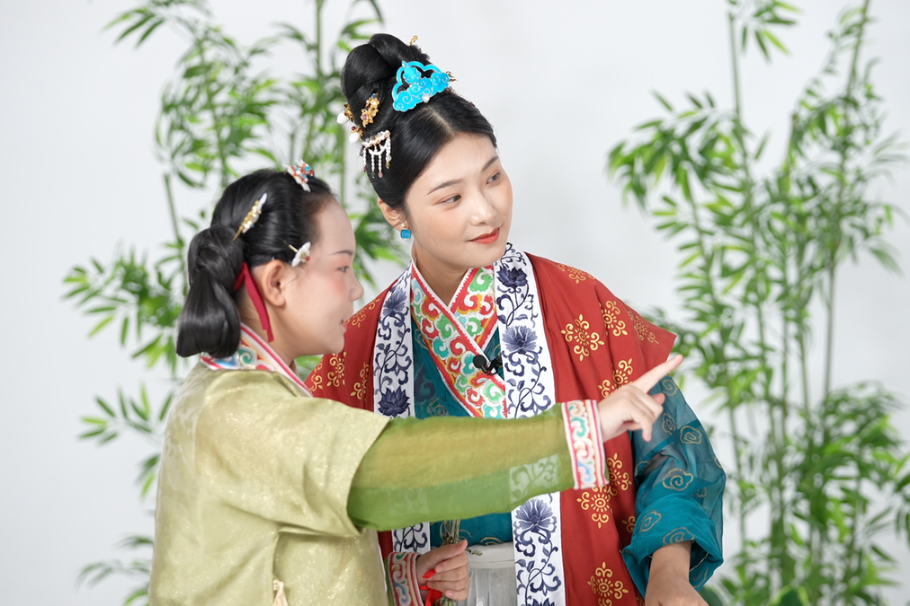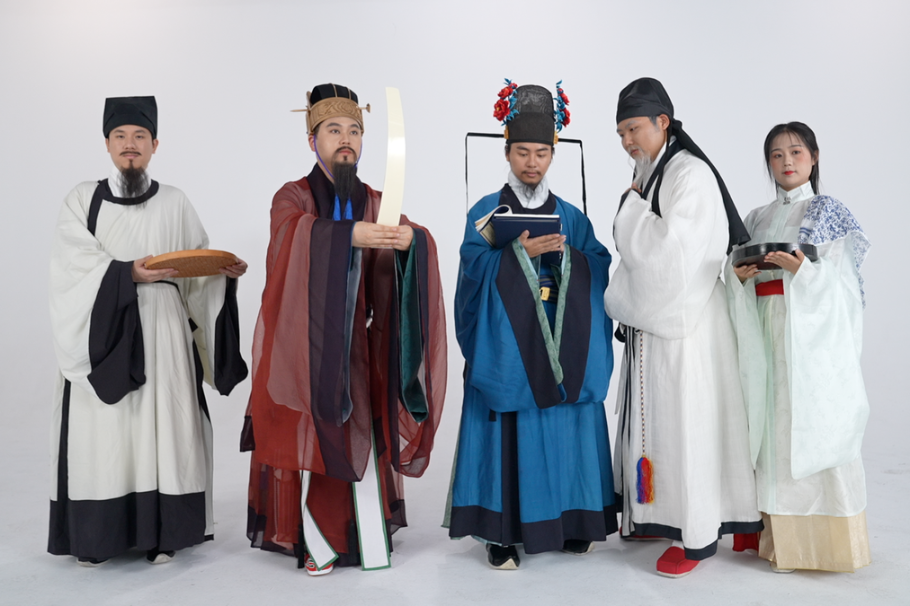Forging bonds beyond borders
China's pairing assistance programs blend intangible heritage with livelihoods, empowering Xinjiang women, Yang Feiyue reports.


"It is precisely what made Jin embroidery a valuable complement to the Xinjiang tradition," He notes.
Over the past decade, He and his team have made multiple trips to Wujiaqu, training 30 core embroiderers.
Faced with differences in techniques, the Jin embroidery team started teaching from the most basic stitches. "We taught them which stitches to use for embroidering eyes, which for hair, giving embroidery a theoretical foundation and systematic methodology," He says.
Ten women who excelled in training traveled to Shanxi for advanced hands-on training.
Afterward, they became teachers themselves, across the autonomous region in what He describes as a "snowball effect".
Beyond technique, the Jin embroidery team also helped develop cultural and creative products with Xinjiang characteristics.
They noticed that the knives used by local nomadic communities lacked protective sheaths, making them prone to damage and posing safety risks.
The solution was exquisitely crafted embroidered cases.
They also combined Shanxi's paper-cutting techniques with Xinjiang's totemic motifs, creating unique designs, and developed innovative products rich in symbolic meaning, such as "Five Poisons" pillows — traditional wedding items believed to ward off nightmares.
"These products preserve the local cultural elements of Xinjiang while incorporating the refined craftsmanship of Jin embroidery, making them more aligned with modern aesthetic tastes and tourism demand," He states.





































